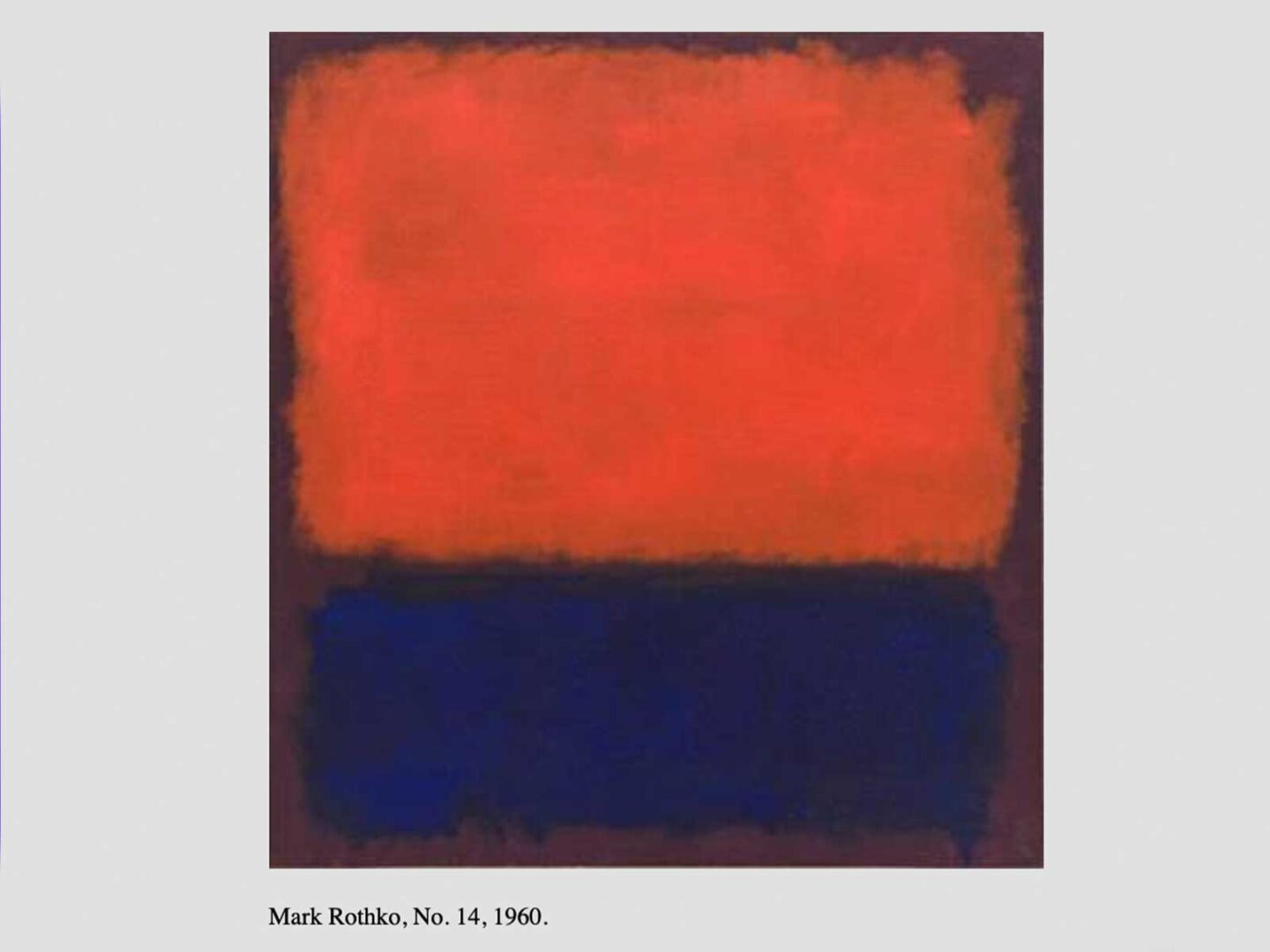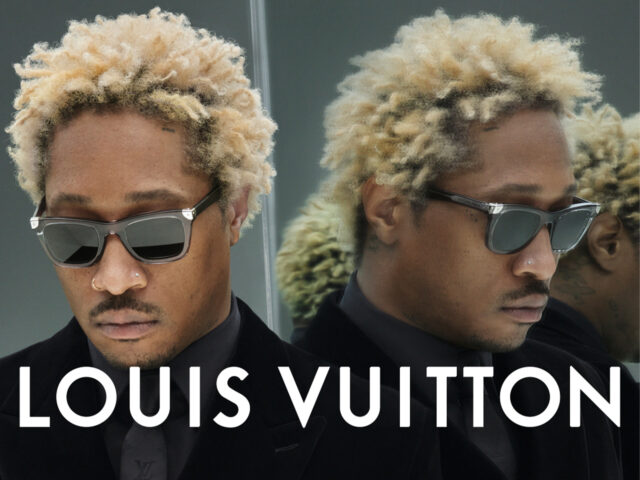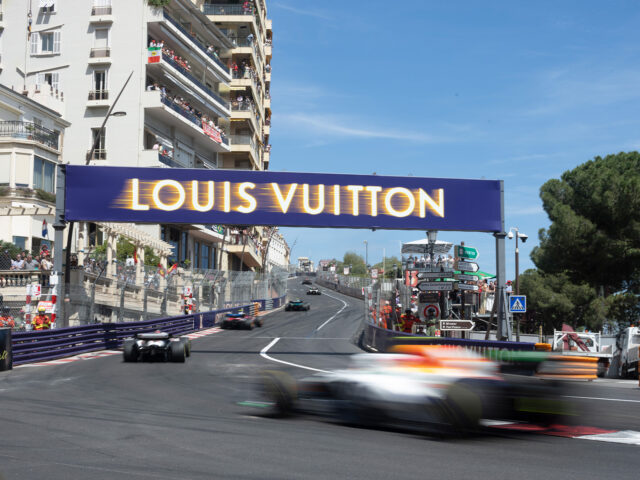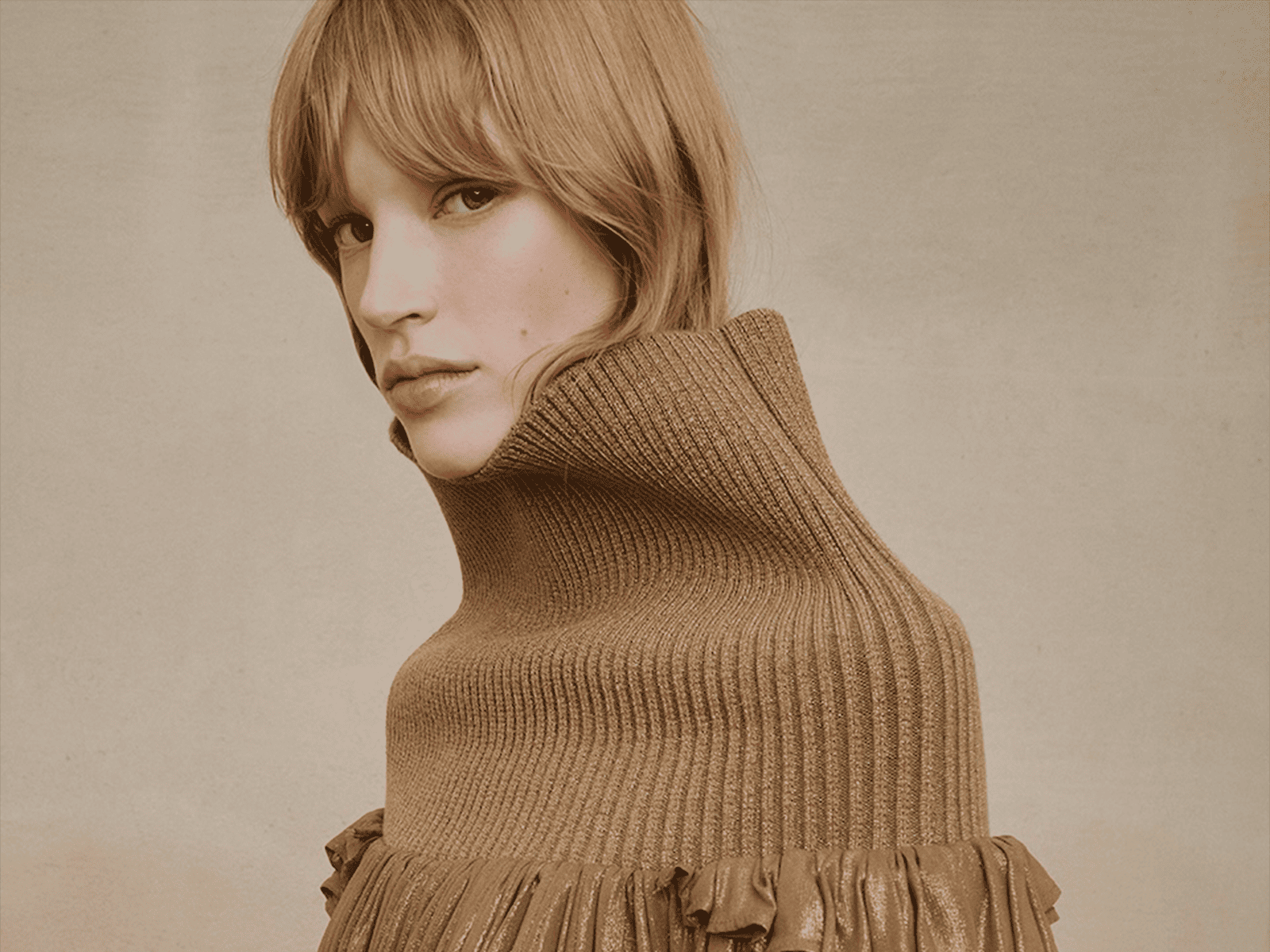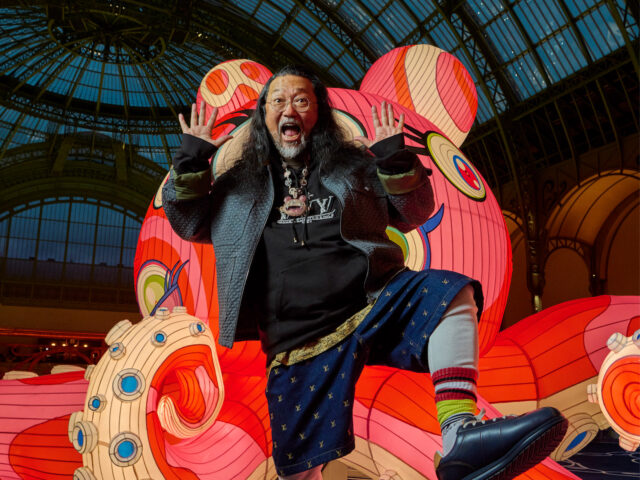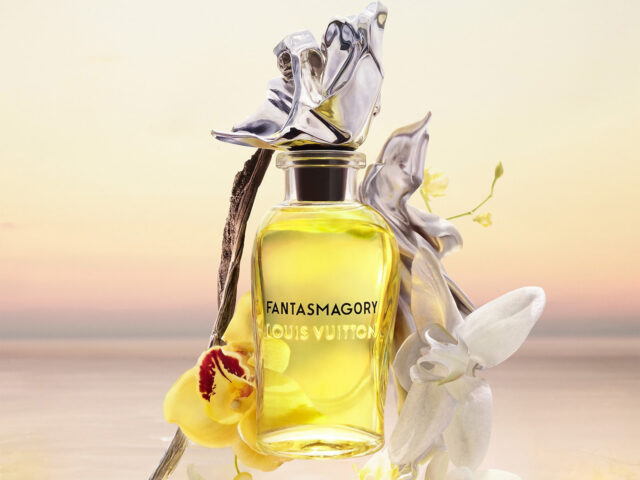The Louis Vuitton Foundation presents the first retrospective in France devoted to Mark Rothko (1903-1970) since the exhibition held at the Musée d’Art Moderne de la Ville de Paris in 1999.
The retrospective brings together more than 115 works from some of the largest international institutional and private collections, including the National Gallery of Art in Washington DC, the artist’s family and the Tate Modern Museum in London. The exhibition, presented chronologically, traces the artist’s entire career, from his early figurative paintings to the abstract works for which he is world-renowned.
The exhibition opens with intimate scenes and cityscapes, such as the visions of the New York underground that dominate Rothko’s artistic output in the 1930s, before he transitioned to a repertoire inspired by ancient myths and a surrealism that Rothko used to express the tragic dimension of the human condition during the War.
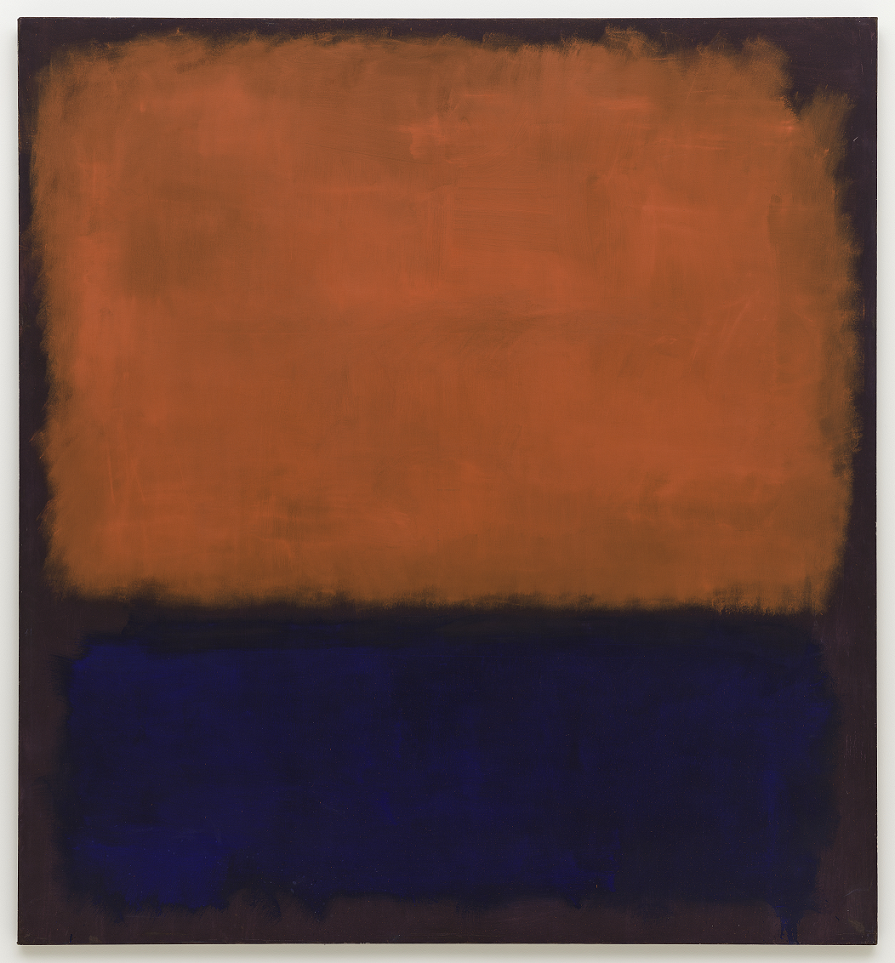
From 1946 onwards, Rothko took a major turn towards abstract expressionism. The first phase of this change is Multiforms, in which the chromatic masses are suspended in a kind of equilibrium on the canvas. Gradually, their number decreased and the spatial organisation of his painting rapidly evolved towards the “classical” works of Rothko in the 1950s, in which rectangular shapes are superimposed according to a binary or ternary rhythm characterised by yellow, red, ochre and orange tones, but also blues, whites, etc.
In 1958 Rothko was commissioned to paint a group of murals for the Four Seasons restaurant designed by Philip Johnson in the Seagram Building in New York, the construction of which was supervised by Ludwig Mies van der Rohe. Rothko later decided not to hand over the works and kept the entire series. Eleven years later, in 1969, the artist donated nine of these paintings, which differ from the earlier ones in their deep red hues, to the Tate Modern gallery, where an entire room was set aside for Rothko’s collections. This series is presented in an exceptional way in the exhibition at the Louis Vuitton Foundation.
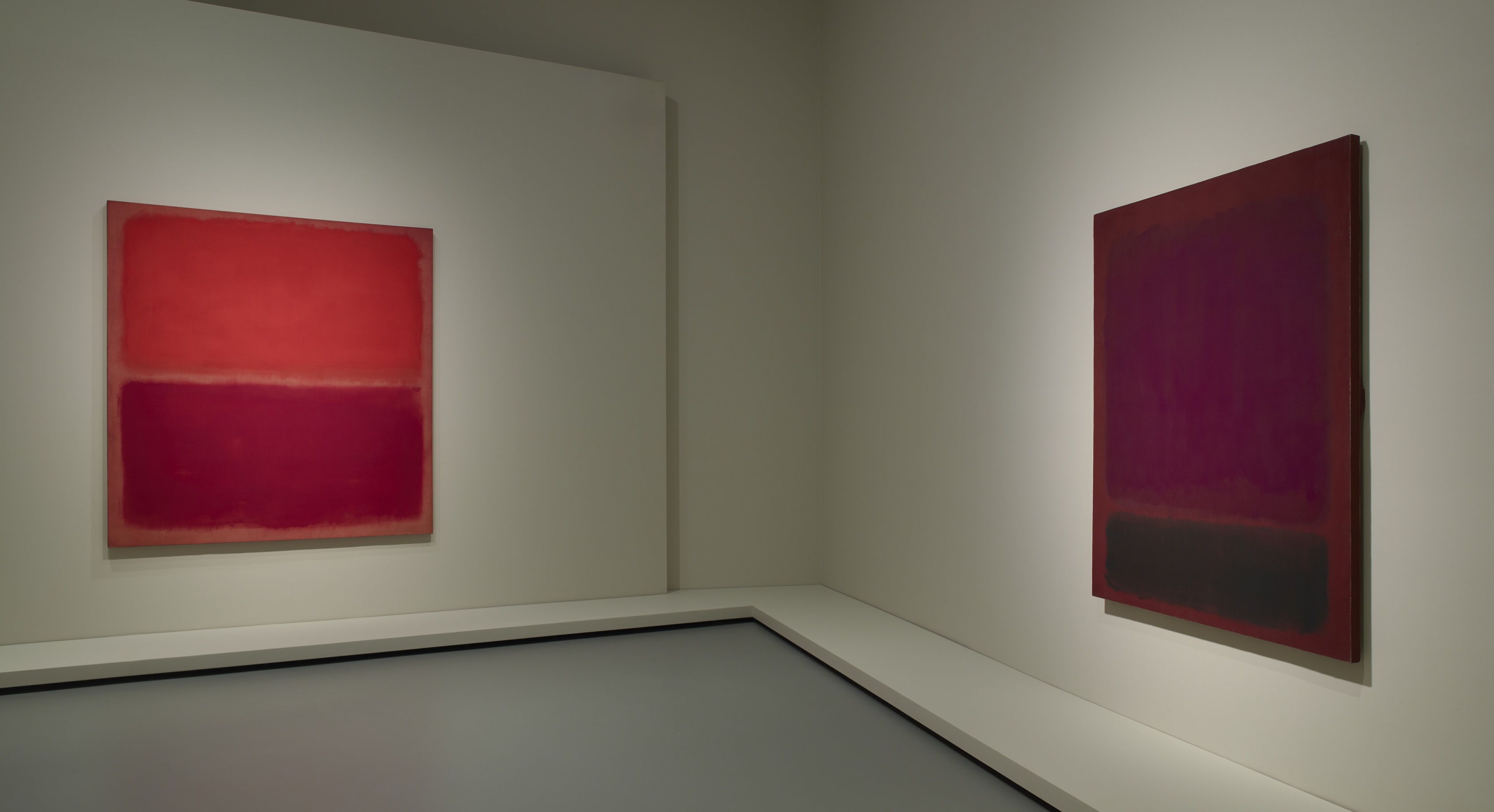
In 1960, the Phillips Collection dedicated a permanent room, the first “Rothko Room”, to the artist, in close collaboration with him. In 1961 the Museum of Modern Art in New York organised the first major retrospective of Rothko’s work, which subsequently travelled to several European cities (London, Basel, Amsterdam, Brussels, Rome and Paris). In the 1960s Rothko accepted new commissions, including the John and Dominique de Menil Chapel in Houston, which opened in 1971 and was named the Rothko Chapel.
Although from the late 1950s onwards Rothko gave preference to darker tones and muted contrasts, the artist never completely abandoned his palette of bright colours. Proof of this are various works from 1967 and his last red painting, which was left unfinished in his studio.
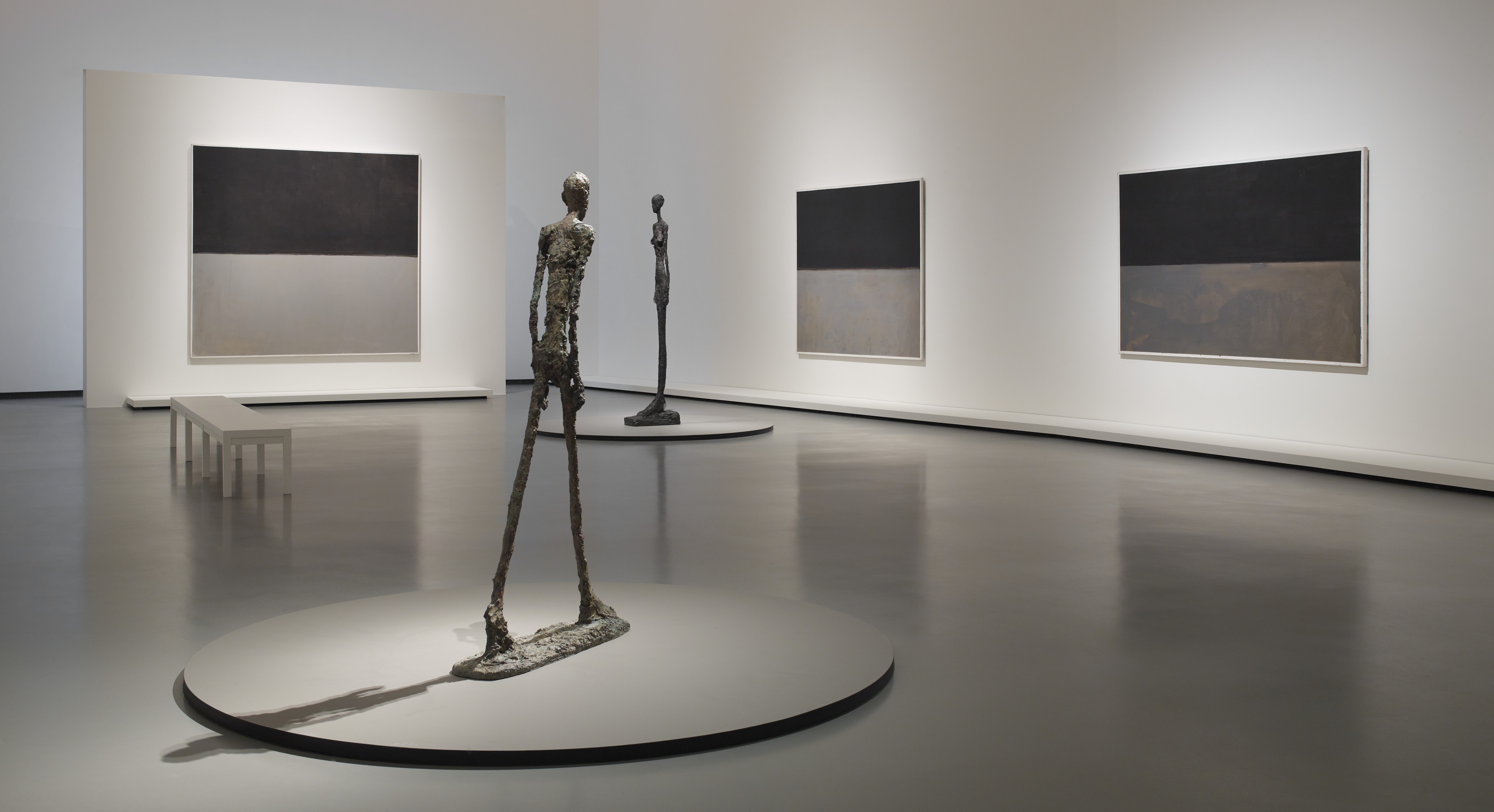
Sigue toda la información de HIGHXTAR desde Facebook, Twitter o Instagram
You may also like...
